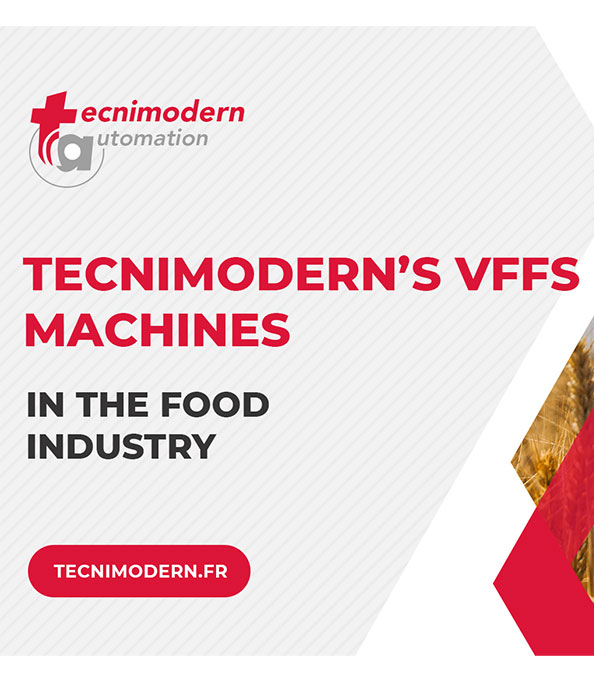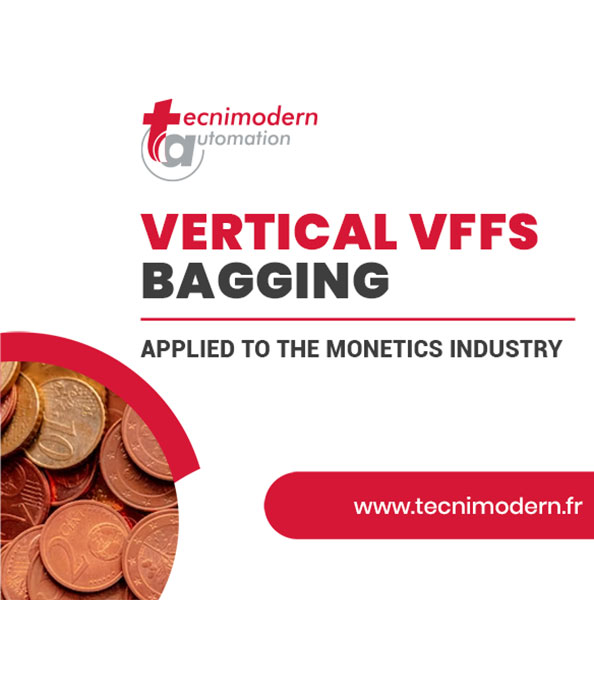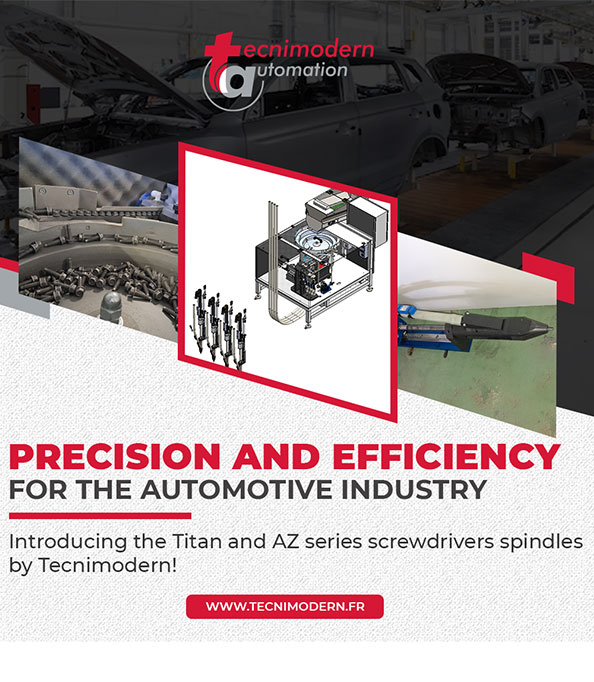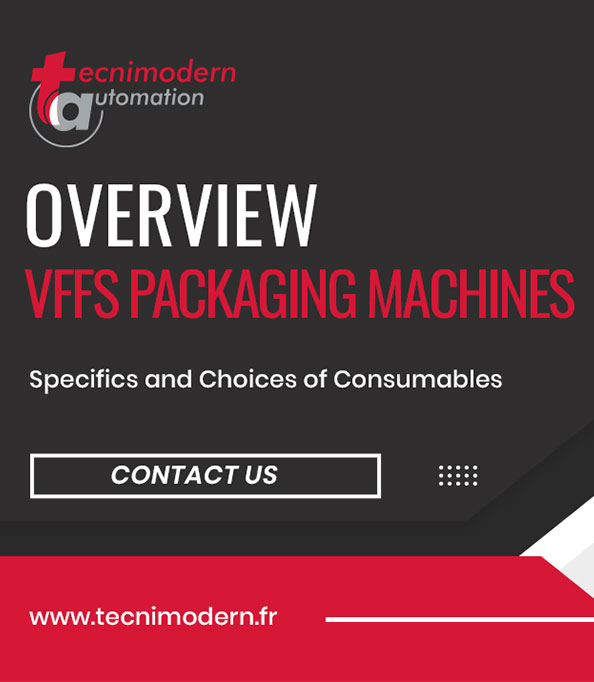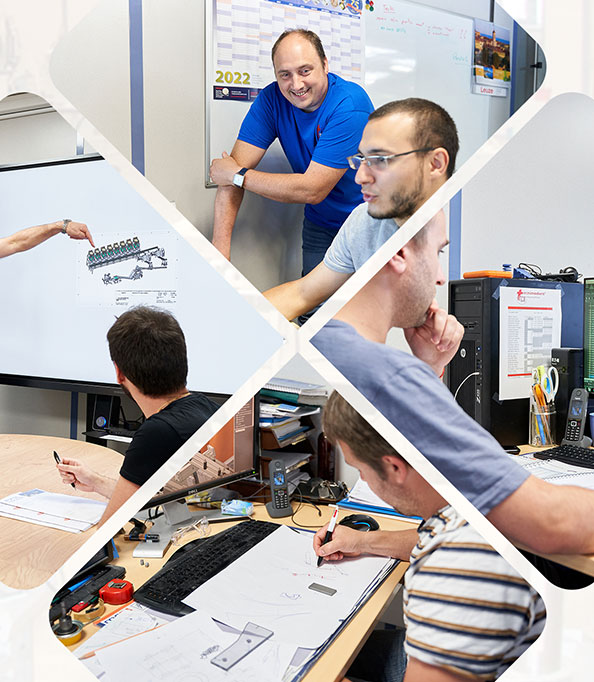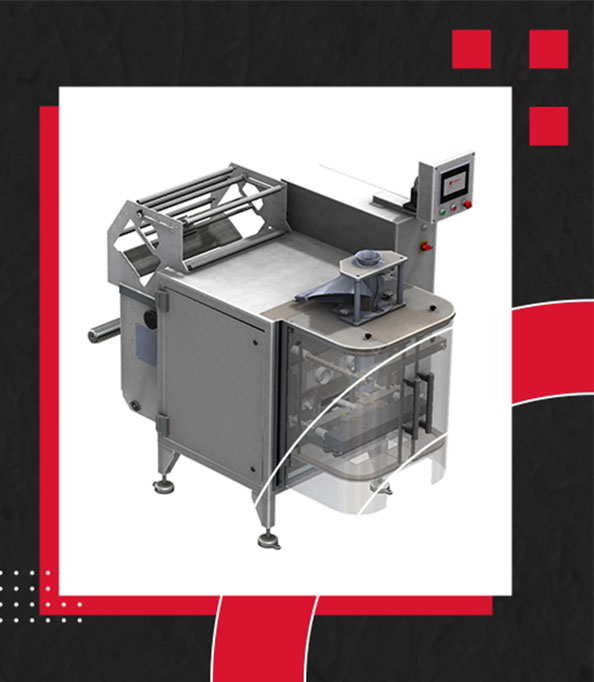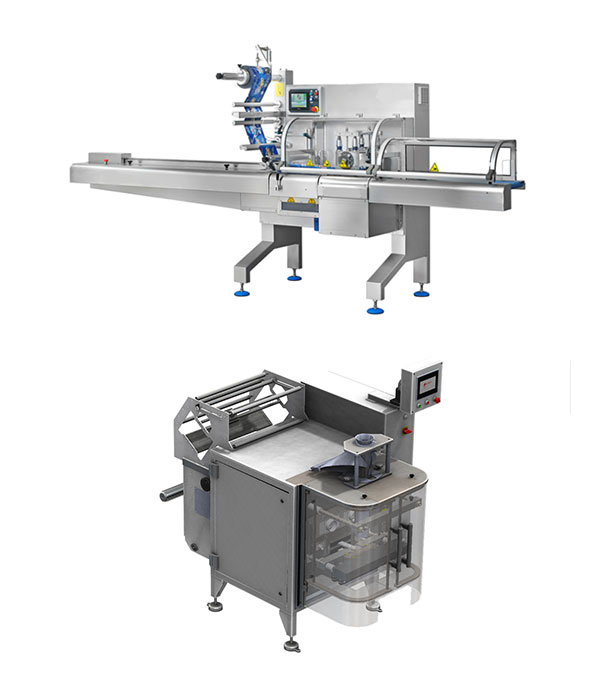VFFS Machines in the Food Industry: Enhancing Packaging Efficiency and Quality
In the food industry, efficient and hygienic packaging is essential to ensure the freshness, safety, and appeal of products. Vertical Form Fill Seal (VFFS) machines have become a popular choice for food manufacturers, offering automated packaging solutions that optimize production processes. This article explores VFFS machines, their material construction, and the feeding technologies they use, with a focus on weighing and counting mechanisms. Additionally, we will examine some key trends within the food industry to understand the vital role played by VFFS machines in this dynamic sector.
1. VFFS Machines: Material and Construction
VFFS machines used in the food industry are constructed using high-quality materials to meet strict hygiene and regulatory standards. One of the most commonly used materials is 304/316 stainless steel. This type of stainless steel provides excellent corrosion resistance, making it ideal for contact with food products. It is easy to clean, maintain, and offers a smooth surface that prevents residue buildup, reducing the risk of contamination.
The robust construction of VFFS machines ensures their durability and longevity, enabling continuous operation even in demanding production environments. The hermetically sealed design prevents foreign particles from entering and maintains the hygiene and integrity of the packaged food products.
2. Feeding Technologies for VFFS Machines
The efficiency and accuracy of VFFS machines heavily depend on the feeding technologies they utilize. There are two primary feeding methods employed, which are developed internally by our engineering departments: weighing and counting.
a. Weighing Technologies:
-
Vibrating Rails: VFFS machines equipped with vibrating rails use controlled vibrations to ensure a smooth flow of the product into the packaging material. Our solutions consist of two rails: the first, wider one, rapidly feeds the forming tube with the product, and the second, narrower one, is activated to add and complete the filling process. The vibrations help prevent product bridging (which can lead to blockages) or uneven product distribution, ensuring precise and accurate weights. It is worth noting that all our weighing systems can be certified for legal metrology!
-
Multihead Weighers: These sophisticated weighing systems comprise multiple hoppers that release the product into the packaging material. Multihead weighers use algorithms and load cells to calculate the optimal combination of hoppers, achieving precise target weights. They are ideal for applications requiring both speed and accuracy in bagging.
b. Counting Technologies:
-
Vibrating Bowls: Less frequently used, we can employ vibrating bowls to count small, uniform products such as nuts, candies, or tablets. The vibrations orient and distribute the products one by one to the packaging machine, ensuring a consistent count and preventing product damage.
-
Programmable Logic Controller (PLC): PLC-based counting systems are utilized for more complex and diverse products. Optical sensors and advanced algorithms enable the PLC to accurately count and dispense the desired quantity of products into the packaging material.
3. Focus on Food Industry Trends
The food industry is constantly evolving, and several noteworthy trends shape consumer preferences and packaging requirements:
a. Sustainable Packaging: Consumers are increasingly concerned about the environmental impact of their packaging choices. Durable materials, recyclable packaging, and reduced plastic usage have become crucial considerations for food manufacturers. Tecnimodern has invested significant efforts in development to ensure all our bagging machines can handle various paper types.
b. Convenience and Portability: On-the-go consumption is gaining popularity, leading to a demand for convenient and portable packaging. VFFS machines can adapt to various bag styles and sizes that cater to these preferences. Tecnimodern can now produce any bag shape (flat-bottomed, pillow, gusseted, zipper…) in high demand from our customers.
c. Product Diversification: The food industry experiences a rise in new product introductions and flavor variations. The flexibility of VFFS machines allows for rapid changeovers, enabling manufacturers to efficiently meet market demands. Tecnimodern’s patented Quick-Change system allows for quick reel and width changes in less than 10 minutes.
d. Food Safety and Hygiene: With food safety being paramount, the food industry demands machines that are easy to clean and maintain. The 304/316 stainless steel construction of VFFS machines meets these requirements, ensuring hygienic and contamination-free packaging. We are also capable of integrating metal detectors into all our production lines.
Conclusion
VFFS machines equipped with 304/316 stainless steel construction and advanced feeding technologies have become indispensable tools for the food industry. The combination of precision, efficiency, and hygienic packaging makes them a preferred choice for food manufacturers aiming to meet evolving consumer demands. As the food industry continues to adapt to changing consumer preferences and sustainability concerns, VFFS machines will remain at the forefront, streamlining packaging processes and ensuring the quality and safety of food products.



